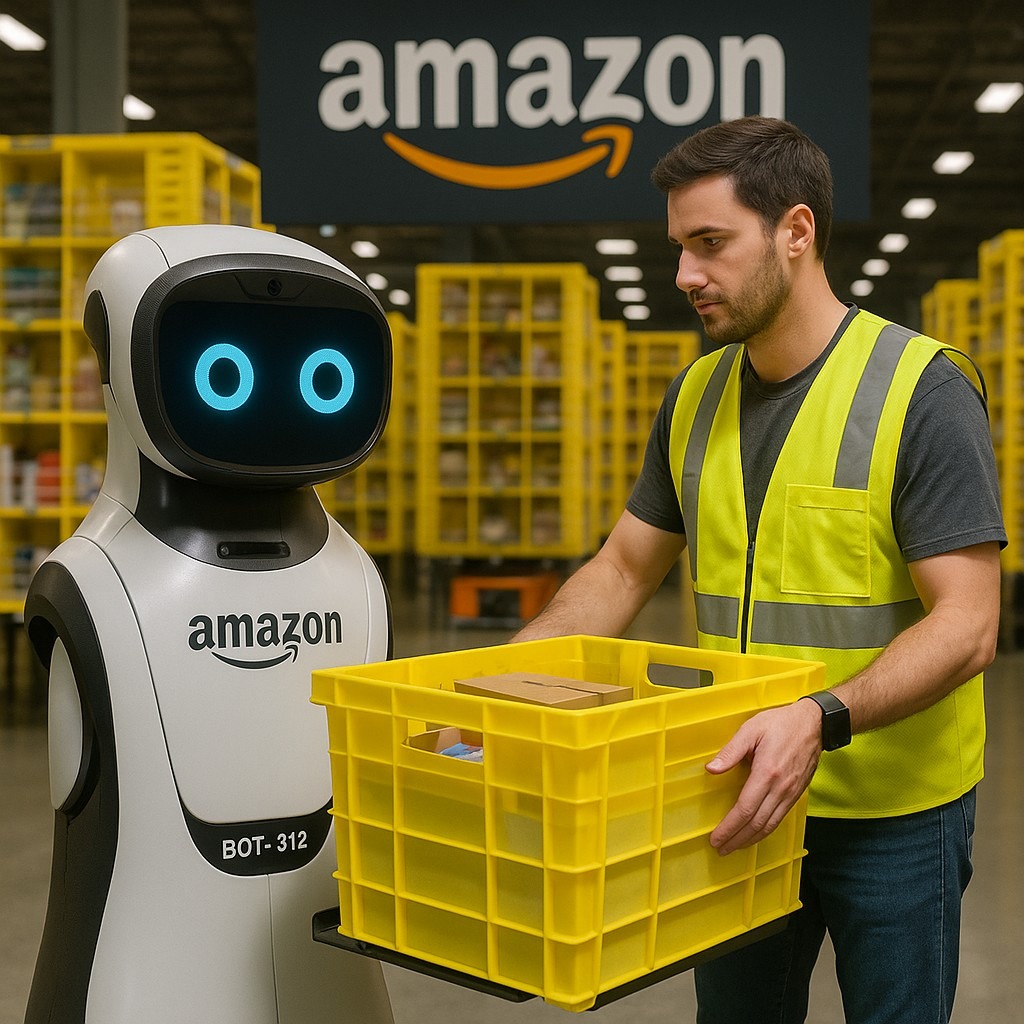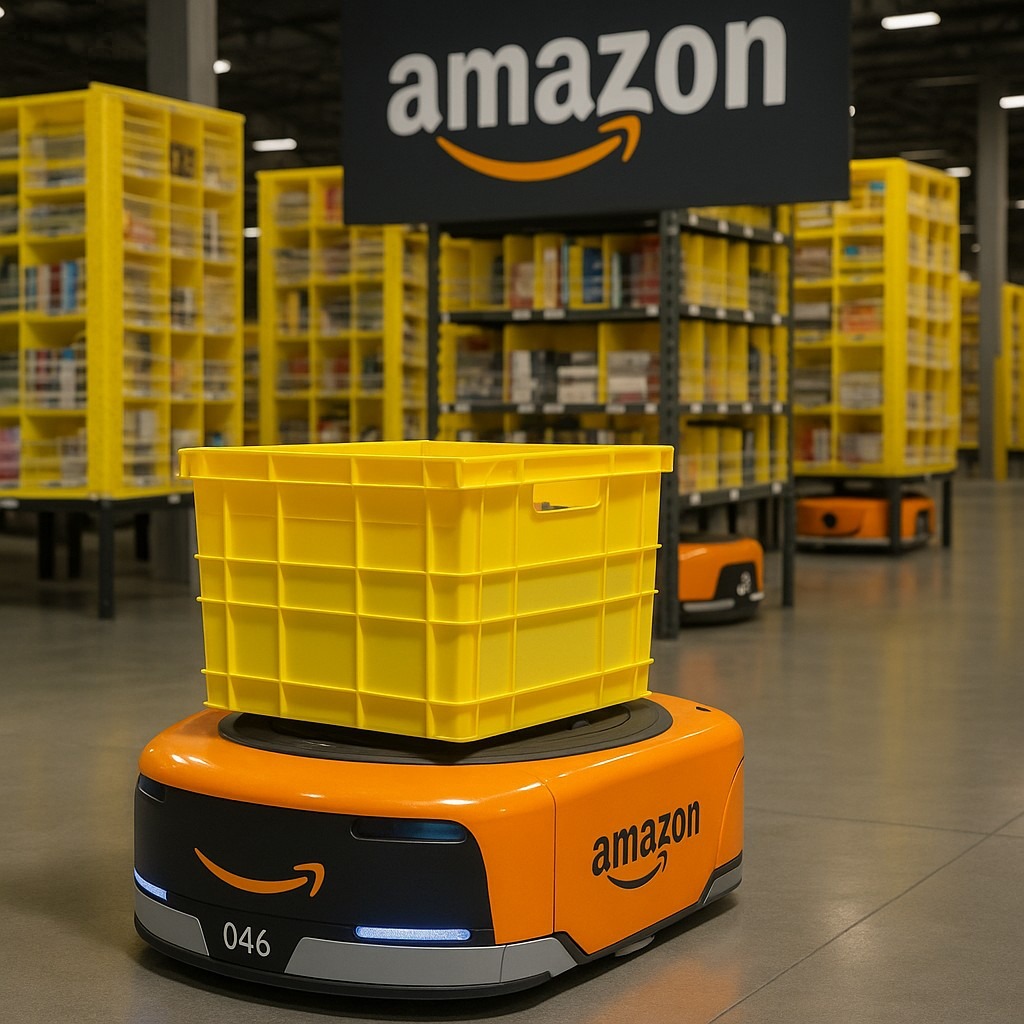Introduction: AI Is Reshaping the Workforce
Artificial intelligence (AI) is no longer just a buzzword. It’s now a driving force behind how major companies operate. One of the most notable examples comes from Amazon. Recently, CEO Andy Jassy announced that AI-driven efficiencies will lead to significant reductions in the company’s corporate workforce.
While some see this as a natural step forward, others view it as a potential threat to job security. So, what does this really mean for workers and for the future of employment?
Amazon’s AI Strategy: What Changed?
To begin with, Amazon is no stranger to automation. For years, the company has used robots in its fulfillment centers. However, the latest move is different. Now, cognitive tasks that involve thinking, planning or decision-making are being handed off to AI.
As AI models improve, Amazon no longer needs as many human employees to complete administrative or strategic tasks. In fact, Andy Jassy confirmed that AI will help the company do more with fewer people.
👉 Read the full story in The Washington Post
Why This Matters Now More Than Ever
Clearly, this isn’t just about Amazon. It’s a signal to the entire tech industry and beyond. Companies are beginning to recognize AI’s potential to cut costs and increase productivity. Therefore, many are starting to re-evaluate their staffing needs.
Moreover, white-collar jobs, once considered secure, are now under the microscope. From customer service to marketing analytics, roles that were safe five years ago may not be around in the next five.
The Ripple Effect Across Tech Giants
Additionally, Amazon is not alone. Other major players like Google, Meta and Microsoft are also integrating AI into their operations. Although not all layoffs have been directly linked to AI, it’s increasingly a contributing factor.
As a result, hiring trends are shifting. Companies are focusing less on general operations roles and more on AI development, data science, and automation management.
👉 See how this is influencing policy in the Financial Times

Winners and Losers: Who’s Affected Most?
Without a doubt, not all jobs are equally at risk. Repetitive, routine-based tasks are the first to be replaced. This includes positions in scheduling, data entry and even some HR functions.
However, creative and strategic roles that involve human nuance may survive longer. Even so, workers in these areas will need to adapt fast. The ability to work alongside AI will become more valuable than ever.
Preparing for the Future: What Can You Do?
So, what’s the next step for today’s workforce? Upskilling is the clear answer. Learning to use AI tools or understanding how machine learning works can give you an edge. Many platforms now offer affordable courses in AI fundamentals, coding and data analytics.
Furthermore, fields like cybersecurity, healthcare and education may offer more stable opportunities. These industries still require a human touch, at least for now.
👉 Explore tech workforce trends at Capitol News Illinois
Conclusion: A Tipping Point for the Job Market
In summary, Amazon’s AI-driven job cuts are more than just another round of layoffs. They represent a major turning point in how companies value human labor. As automation spreads, workers will need to stay agile, adaptable and informed.
Although change can be daunting, it also opens the door to new opportunities. The future of work won’t be about competing with AI, it will be about learning to collaborate with it.


